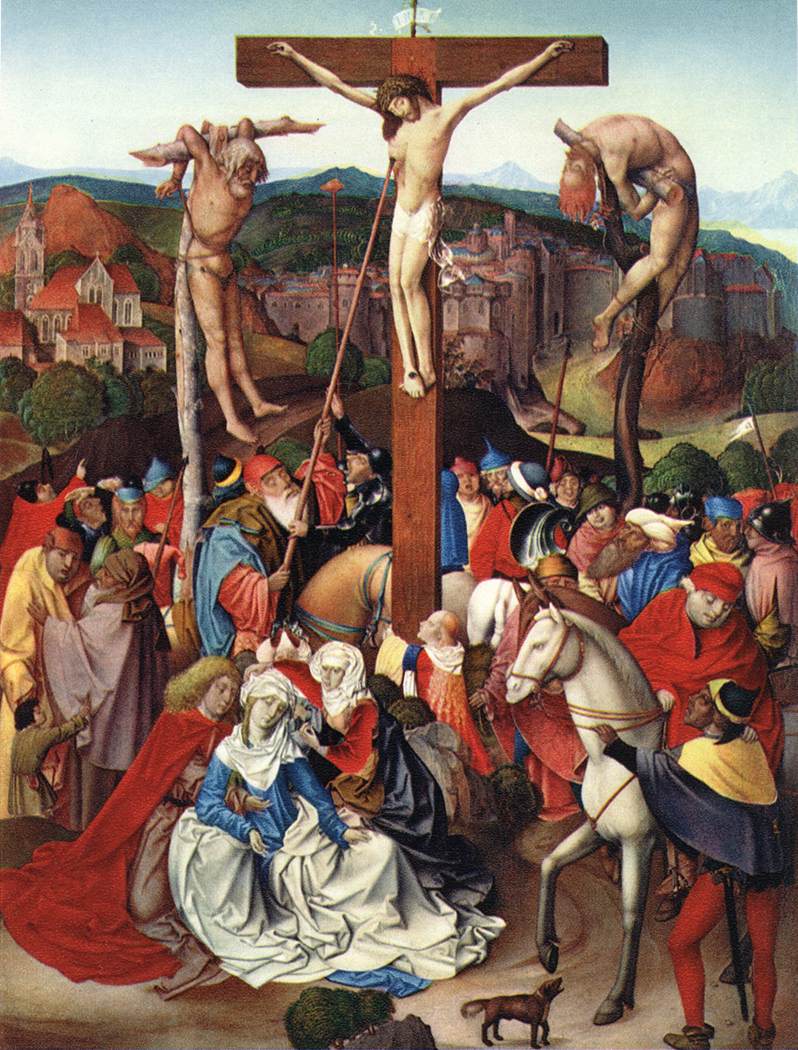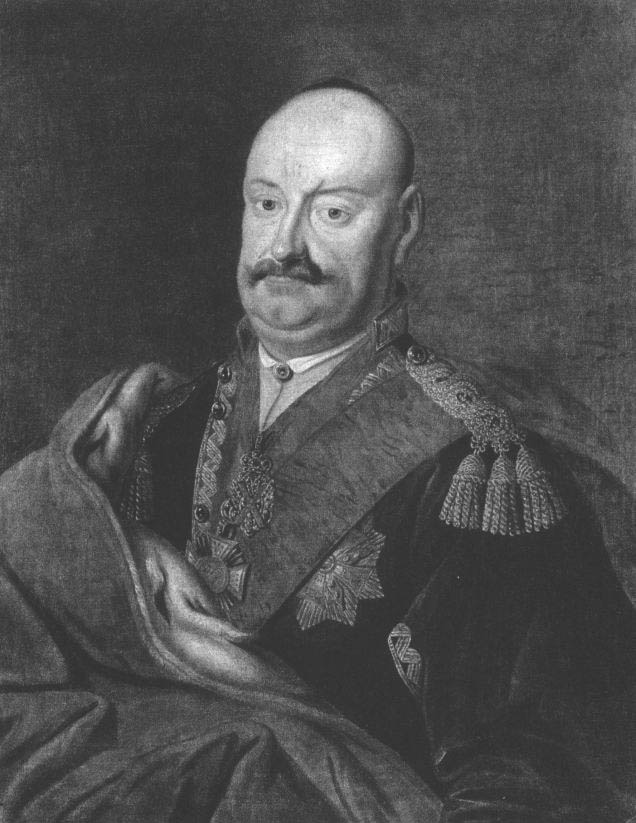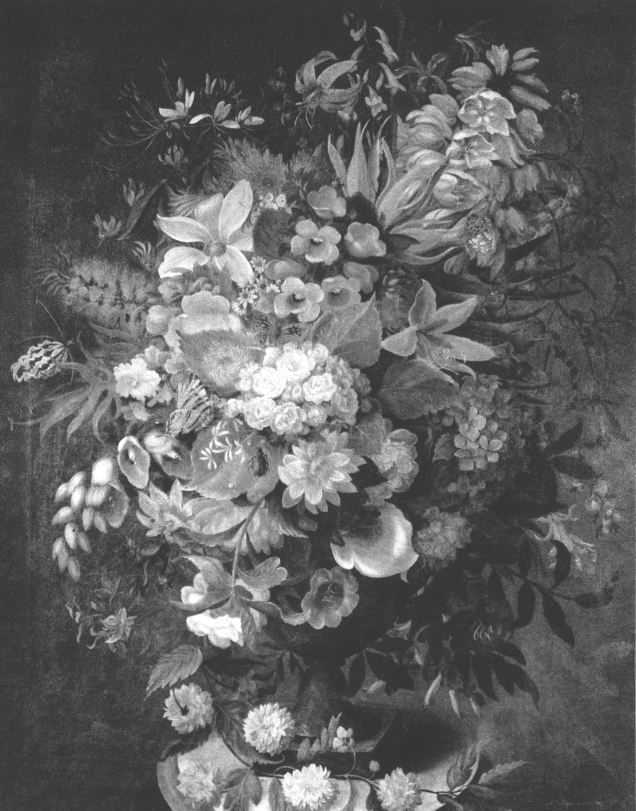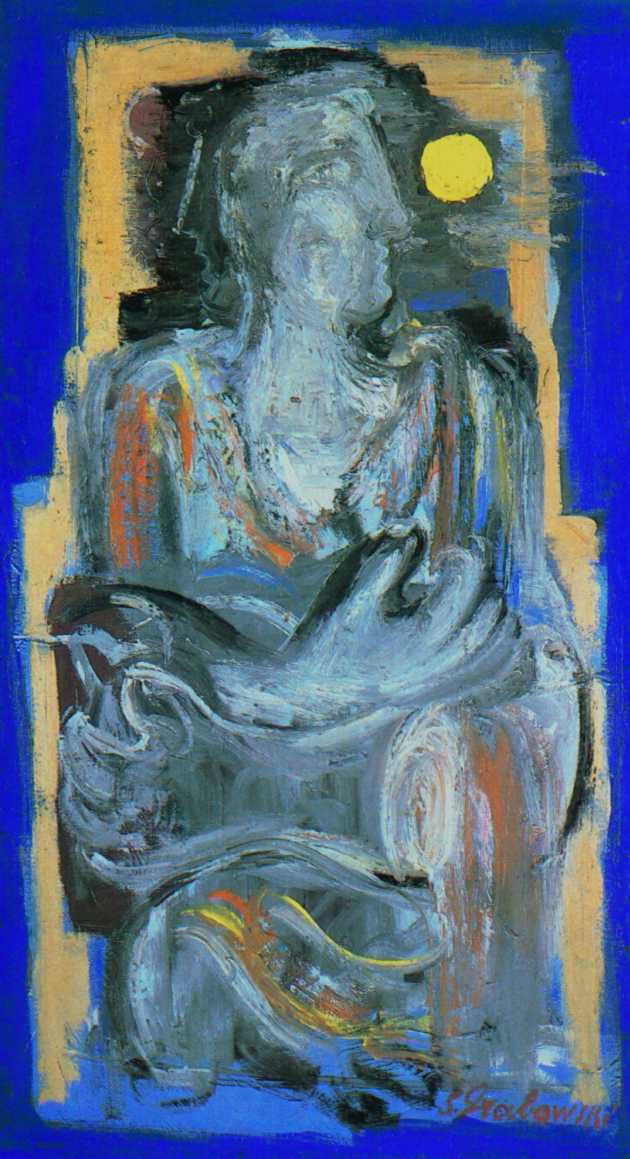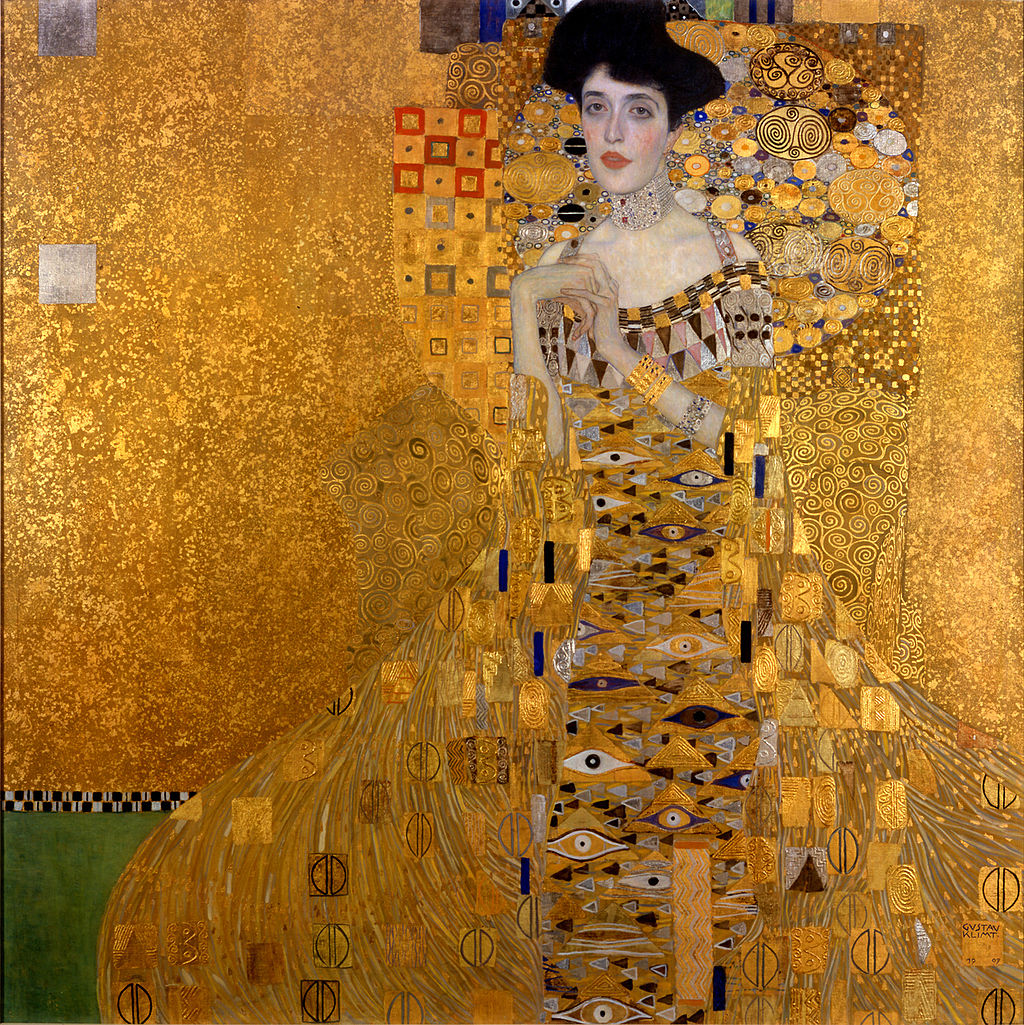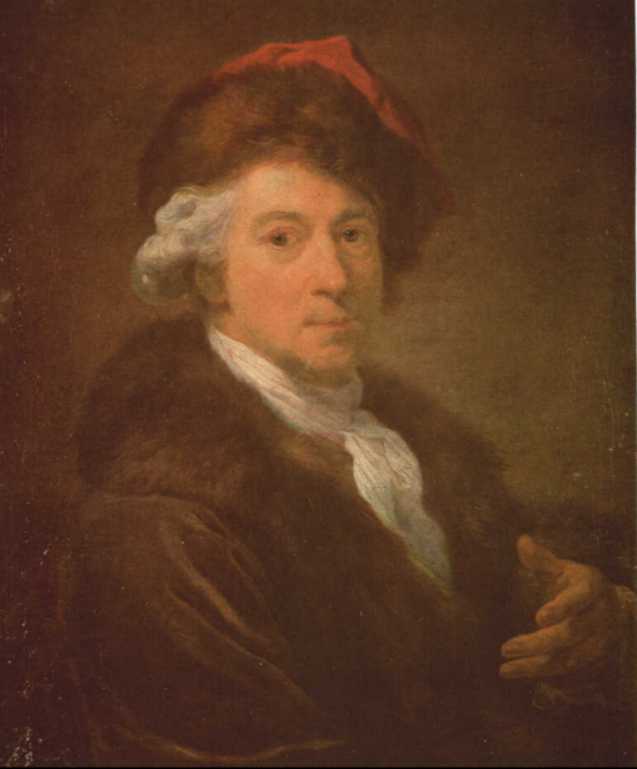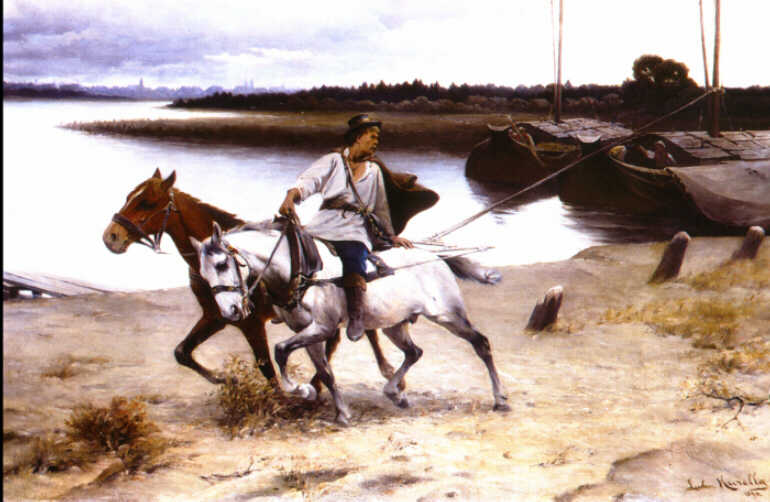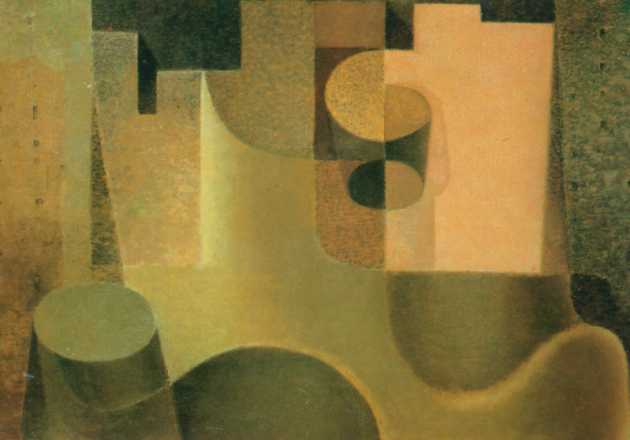
Rubens, Rembrandt, Vermeer and the British – Art History Museum – Vienna
Rubens
The long-term rule of the Habsburgs in the southern Netherlands, the museum owes one of the world's largest collections of paintings by Peter Paul Rubens (1577-1640), which takes up three rooms (20, XIII i XIV). Looking at the painter's self-portrait in room XIII, pleased with himself, 62-summer man, You can visually convince yourself of the artistic success, which allowed him to create his own studio and employ a group of associates (among them van Dyck and Jordaens). In Room XVI, you can see the initial sketches of the mighty altar made by Rubens at the request of the Jesuits, as well as the end result.
Perhaps Rubens' most famous work is the Nude of Helena Fourment, also known as the Woman in the Fur Coat (room XIII). It is a portrait of the artist's second wife, Heleny Fourment, younger than him, Fr. 37 lat. Rubens was undoubtedly under the spell of his sixteen-year-old wife, who appears as an angel, holidays, or a goddess in two of his later works. The free composition and picturesque style bring to mind the late works of Titian from Room I, to whom Rubens paid tribute in a painting filled with chubby cherubim, placed in a classic landscape.
Rembrandt, Vermeer and the British
Rubens' baroque exaggeration and simple portraits of Rembrandt van Rijn (1609-69) are completely different worlds. In room XV there is a portrait of the painter's mother, made a year before her death, reflecting the fragility of the figure and the dignity of the age, and the subsequent study of his son Titus in the convention of a dream, reading a book. The remaining canvases are self-portraits from the mid-17th century, when the artist ran into financial trouble. Regardless of whether you want to read his concern or not, remain excellent examples of the study of the human face.
In the adjoining hall 24 the only painting by Jan Vermeer owned by the museum is on display, Artist's studio, interpreted as an allegory of painting, considered by many to be one of his best achievements. Bright light on the left; the colors: yellow, blue and green; simple poses, are the characteristics of this artist, although symbolic pronunciation, and even the title of the work, provoked fierce polemics. Right next to it you can see the only works of British painters owned by the museum: mild, honey in the shade of Thomas Gainsborough's Suffolk Landscape, portrait of Joseph Wright, faithful to realism, unfinished portrait of a young woman joshua Reynolds and portrait of Henry Raeburn.
